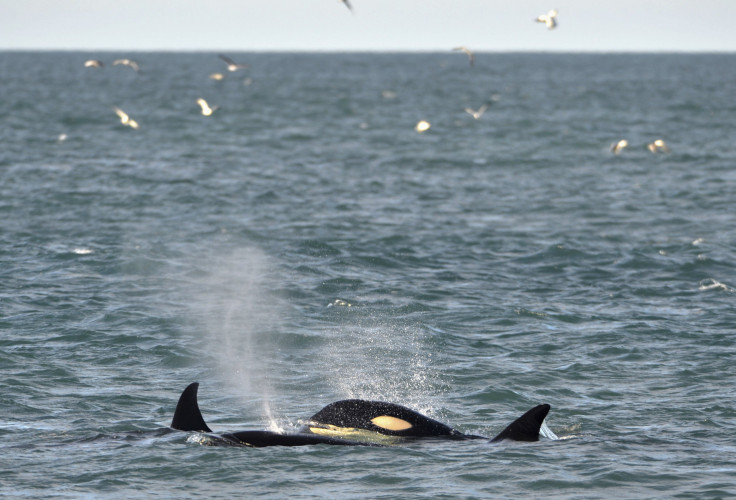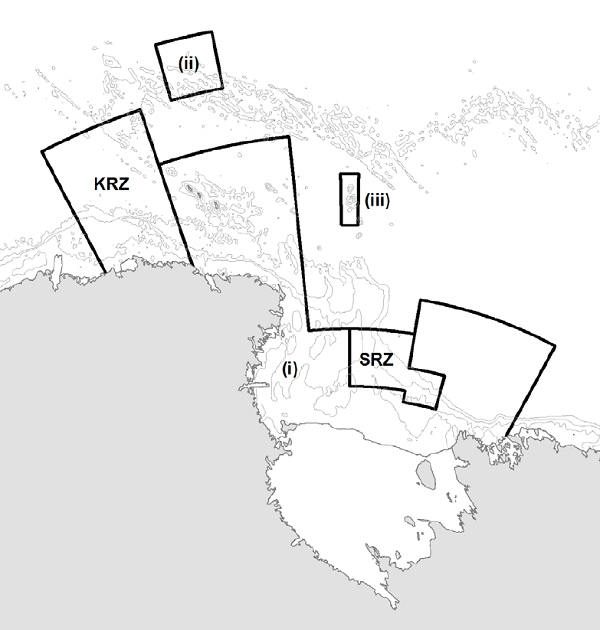Largest Marine Reserve Declared In Antarctica, Edging Out Hawaii’s Papahānaumokuākea

In a big boost to marine conservation efforts, the Commission for the Conservation of Antarctic Marine Living Resources (CCAMLR) declared during the conclusion of its 35th meeting Friday that a large area in the Ross Sea region near Antarctica will be a marine protected area. At 1.55 million square km (about 598,450 square miles), it will become the largest marine reserve anywhere in the world.
The CCAMLR meeting in Hobart, Australia, began Oct. 17, and its 25 member countries voted unanimously to approve the proposal that had been introduced by New Zealand and the United States in 2012. The agreement declaring the vast region in the Southern Ocean a protected site will take effect from Dec. 1, 2017.
According to the website of New Zealand’s Ministry of Foreign Affairs and Trade: “The agreement balances marine protection, sustainable fishing and science interests. These include important habitats and foraging areas for marine mammals, birds, fish, and invertebrates, including iconic species in the region such as Weddell seals, killer whales and Emperor penguins.”
Of the total area declared protected, 72 percent (1.12 million square km) is fully protected and no fishing is allowed in those waters. There are also a special research zone and a krill research zone which permit limited fishing of toothfish and krill for research purposes.

The area around the Ross Sea is among “the most pristine environments in the world.” Rare species in the area include unique sponges that live for up to 500 years. It has a healthy food chain, with all the top-level predators found in the region still present in requisite numbers.
“The region also includes one of the most thriving areas of the Southern Ocean, the Ross Sea Shelf. At different times of the year this is home to 32% of the world’s Adélie penguins, 26% of emperor penguins, 30% of Antarctic petrels, and around half of Ross Sea killer whales. Between 50-72% of South Pacific Weddell seals live there year round,” the ministry’s statement said.
The area under the complete no-fishing zone will remain protected for 35 years from the date the agreement comes into effect, while the Special Research Zone will lapse after 30 years. A consensus decision will have to be made by the CCAMLR membership at the time to extend the protection status of the region beyond those periods.
Conservation of marine areas is also important because the status of marine life has a knock-on effect on the food chain. Pollutants are absorbed or consumed by the smallest of marine life-forms, which in turn are eaten by bigger creatures, eventually making their way up the food chain to land animals, including humans.
On Aug. 26, U.S. President Barack Obama had expanded the Papahānaumokuākea Marine National Monument in Hawaii to 582,578 square miles, making it the largest protected area in the world. It will likely continue to hold that title until the Antarctic reserve becomes official next year.
© Copyright IBTimes 2025. All rights reserved.





















